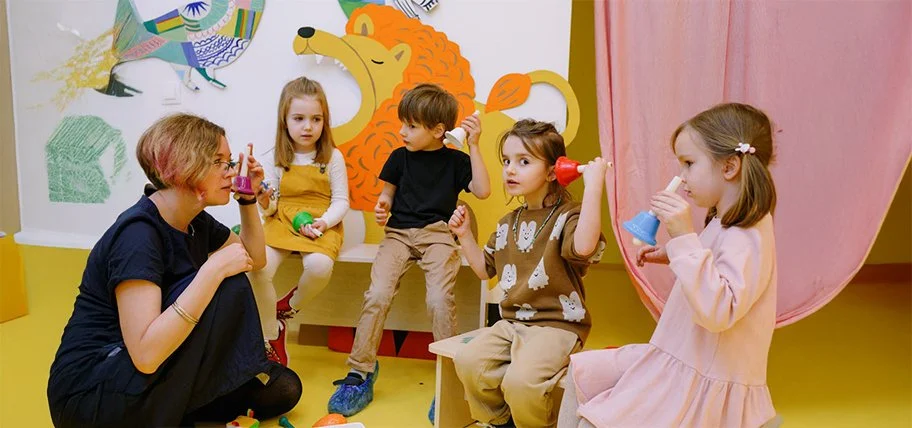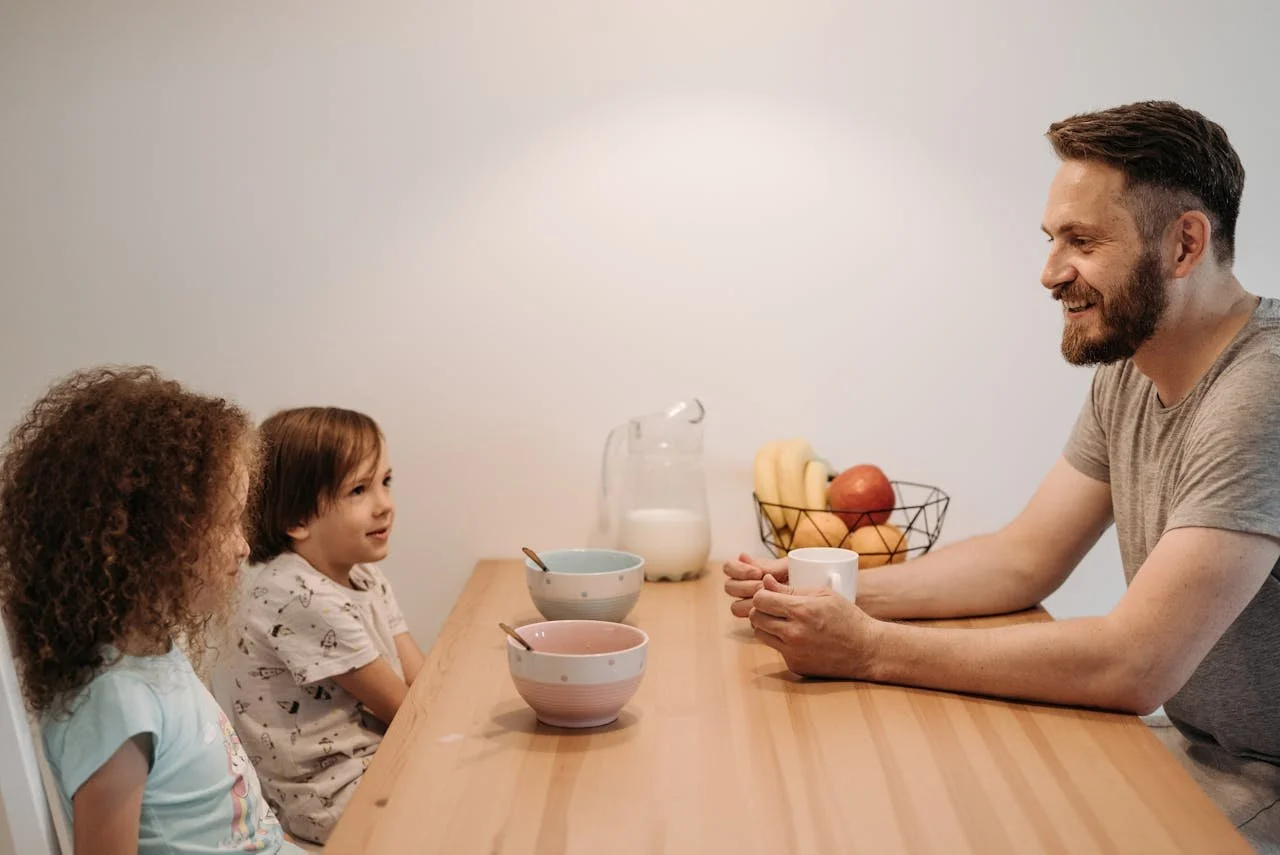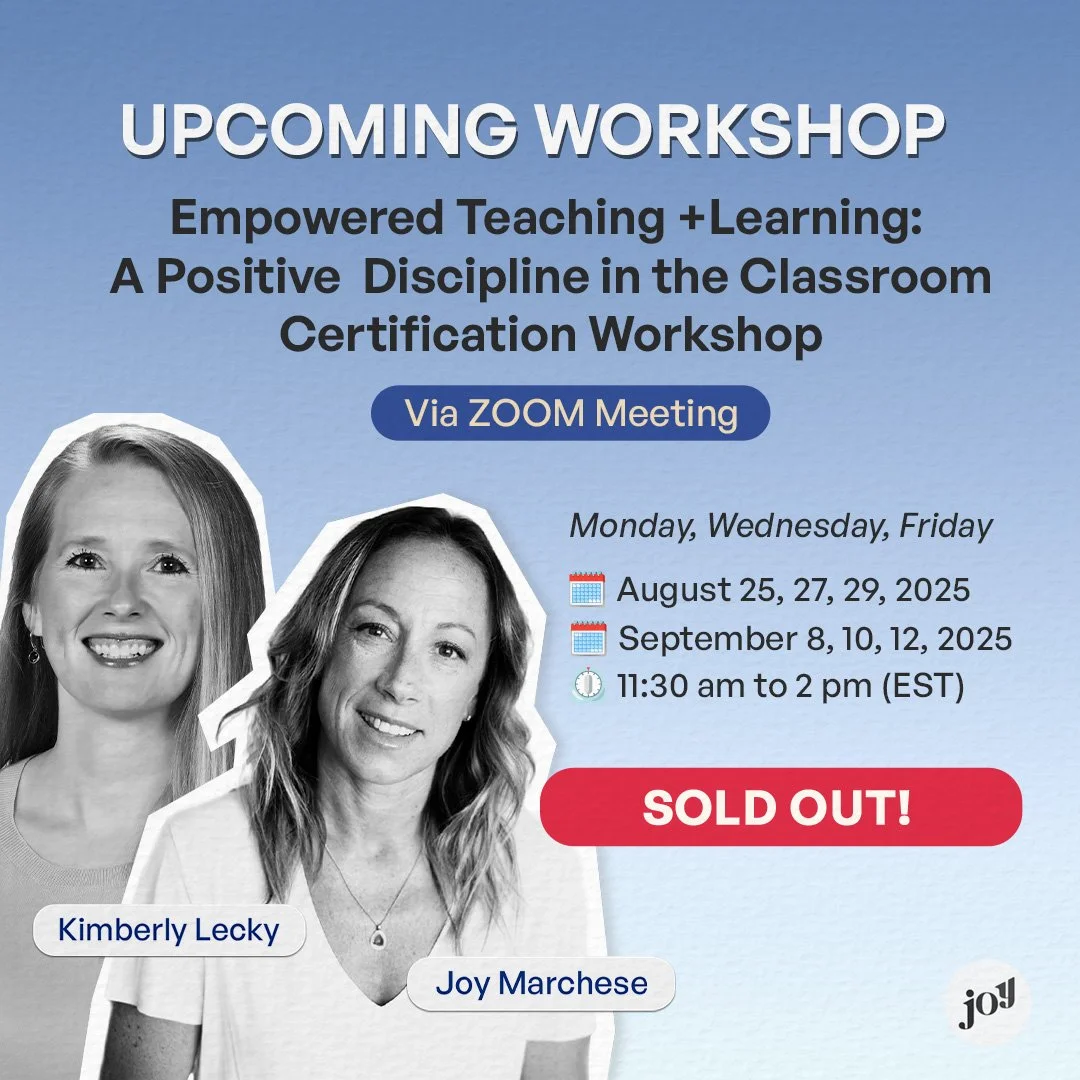When Every Moment Is a Teachable Moment
“Tell me and I forget, teach me and I may remember, involve me and I learn.”
— Benjamin Franklin
Let’s talk about teacher burnout. (Or parent burnout. Or… just general life burnout.)
Because let’s be honest—when someone suggests “just add SEL to your day,” most adults respond with a deep sigh and a tired, “Sure… right after I finish grading, responding to emails, breaking up arguments, planning dinner, and remembering to hydrate.”
Totally fair.
We hear “Social and Emotional Learning” and imagine it’s one more thing to prep, manage, or somehow fit into the already-packed schedule.
But here’s the truth:
SEL isn’t one more thing on your plate. It is the plate.
It’s not a new task. It’s how you do everything else more intentionally.
What SEL Actually Looks Like in Real Life
Let’s bust the myth that SEL has to mean a separate lesson plan or designated 30-minute block in the day. Sure, those things help—but SEL is so much more than a one-and-done activity.
It’s in:
How we greet kids in the morning
How we respond to frustration (ours and theirs)
The tone we use during transitions
The way we frame mistakes
How we repair after conflict
It’s not about “teaching” feelings. It’s about living SEL through every interaction.
Imagine this:
You’re teaching a math lesson and a student gets overwhelmed. Instead of rushing to “fix it” or redirect them, you say:
“It’s okay to feel stuck. Let’s take a breath and figure it out together.”
Boom. That’s SEL.
Or you’re a parent at home and your child’s building a block tower that just collapsed for the fifth time. Instead of jumping in to problem-solve, you say:
“Wow, that must be so frustrating. Want to try again or take a break?”
That’s SEL, too.
It’s not an extra lesson. It’s a lens. A way of showing up with empathy, structure, and emotional awareness—even during snack time or spelling tests.
Quick Tips to Weave SEL into What You’re Already Doing
Here are a few small, simple ways to start:
1. Start the day with emotional check-ins:
“Color zones,” feelings charts, or simply asking, “How are you feeling this morning?” gives kids emotional vocabulary and presence.
2. Use reflective language during academic work:
“This seems tricky—what’s your plan?” or “Tell me how you’re feeling about this problem.”
3. Validate emotions before solving problems:
Instead of jumping to fix a behavior, try: “Sounds like you’re really frustrated. Let’s pause and figure out what’s underneath that.”
4. Build SEL into transitions:
Classroom routines, home rituals, or even how you end the day (like sharing “one thing I’m proud of today”) create safe, predictable containers for emotion.
5. Make connection a priority, not a reward:
Kids need to feel seen before they’re ready to learn. Connection is not dessert—it’s breakfast.
What if the way we handle the in-between moments—the transitions, the breakdowns, the ordinary tasks—are actually the most important lessons we teach?
What if how we teach is the most powerful thing we teach?
Let’s build a world where emotional intelligence is not extra, optional, or after-hours—but deeply woven into the everyday.
You’re already on the path. Let’s keep walking it, together.
Just a quick heads up: Our Online PDC Workshop is officially SOLD OUT!
It’s clear—educators are ready to make SEL real, not just theoretical. If you didn’t grab a seat this time, don’t stress—this could actually be the perfect opportunity to host your own training.
Want us to bring Positive Discipline to your school? We’ll work with you to create a workshop that meets your team’s needs—whether it’s a full-day event or a long-term implementation plan.
📩 Reach out and let’s make it happen: Contact us here
Let’s keep the SEL momentum going—all the way into your classrooms.




